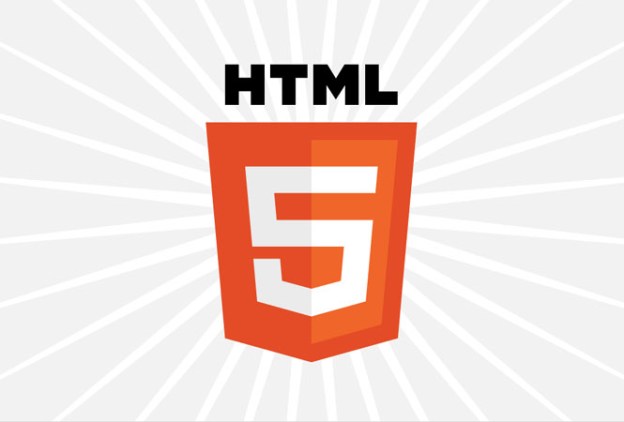
Earlier this week, The Boston Globe rolled out a brand new version of its website coded in HTML5 and operating behind a premium paywall. Ideally designed to cut out Apple’s 30 percent cut for revenue generated with a Boston Globe app on the iPad, users can simply so to the Web address in Safari and type in login information to access articles on the site. The newspaper also operates a free site for news junkies at Boston.com, but the premium site offers increased content. Five articles a day will flow over to the free site to entice people to pay the premium cost. The HTML5 version of the site is designed in a similar fashion to an app and reformats the layout of the screen based on the device.

The Globe is positioning the pricing of the premium HTML5 site at $3.99 a week or a bit over $200 a year. However, access to the app comes free with any type of subscription to the paper including the Sunday-only model. The Sunday version of the paper includes the most advertising, thus the incentive of a digital edition all week long may increase subscriptions to that plan.


